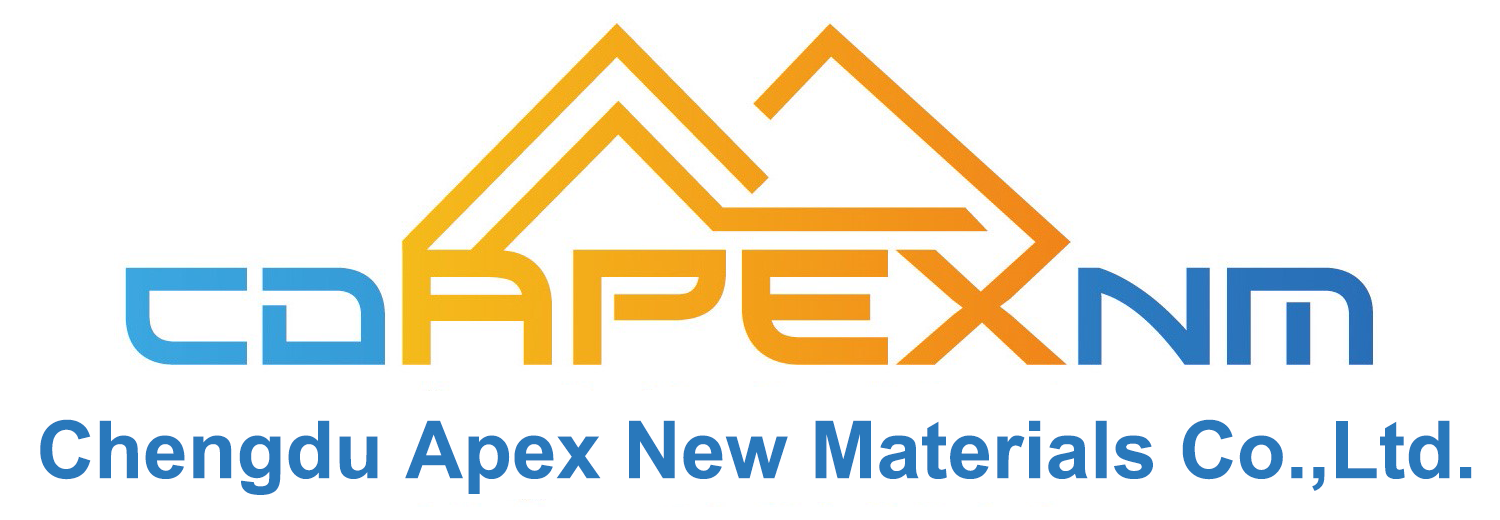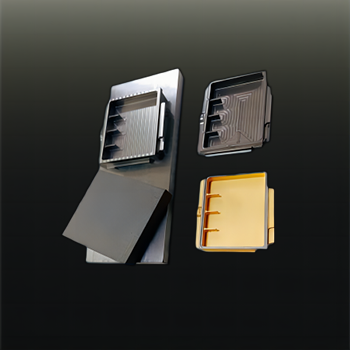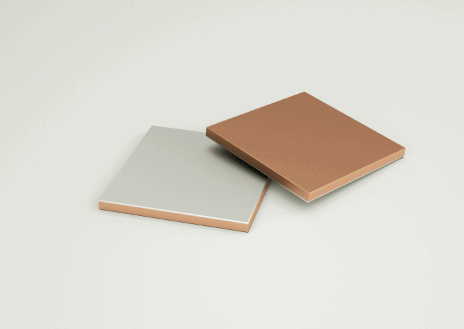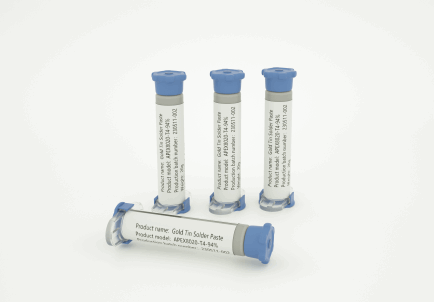Eight metal elements that affect the performance of aluminum alloys
Eight metal elements that affect the performance of aluminum alloys
The eight elements that affect the performance of aluminum alloys are: vanadium, calcium, lead, tin, bismuth, antimony, beryllium and sodium. Due to the different uses of the finished aluminum coils, these impurity elements are added during the processing process. Due to different melting points and different structures, the compounds formed with aluminum are also different, so the effects on the performance of aluminum alloys are also different.
Ⅰ: The influence of copper elements
Copper is an important alloying element, which has a certain solid solution strengthening effect. In addition, the aging precipitated CuAl2 has a significant aging strengthening effect. The copper content in aluminum plates is usually 2.5%-5%, and the strengthening effect is best when the copper content is 4%~6.8%, so the copper content of most hard aluminum alloys is in this range.
2xxx series: 2000 series aluminum alloys represent 2024, 2017, 2A12, 2A16 (LY16), 2A02 (LY6). The characteristics of 2000 series aluminum plate are high hardness, among which the copper content is the highest, about 3-5%. 2000 series aluminum rods belong to aviation aluminum materials and are not often used in conventional industries.
Ⅱ: The influence of silicon element
Al-Mg2Si alloy system alloy equilibrium phase diagram aluminum-rich department Mg2Si has a maximum solubility of 1.85% in aluminum, and the deceleration is small with the decrease of temperature. In deformed aluminum alloys, silicon is added to aluminum plates alone only for welding materials, and silicon also has a certain strengthening effect when added to aluminum.
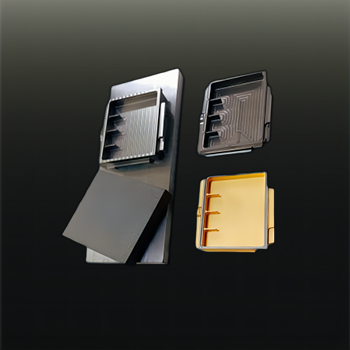
4xxx series: 4000 series aluminum rods are represented by 4A01. 4000 series aluminum plates belong to the series with high silicon content. Usually the silicon content is between 4.5-6.0%. It belongs to building materials, forging materials for mechanical parts, and welding materials; it has low melting point and good corrosion resistance. Product description: It has the characteristics of heat resistance and wear resistance.
Ⅲ: The influence of magnesium element
Magnesium has a significant effect on the strengthening of aluminum. For every 1% increase in magnesium, the tensile strength increases by about 34MPa. If less than 1% manganese is added, the strengthening effect may be enhanced. Therefore, adding manganese can reduce the magnesium content and reduce the tendency of hot cracking. In addition, manganese can also make Mg5Al8 compounds precipitate evenly, improving corrosion resistance and welding performance.
5xxx series: 5000 series aluminum alloys represent 5052, 5005, 5083, and 5A05 series. 5000 series aluminum bars belong to the more commonly used alloy aluminum plate series. The main element is magnesium, and the magnesium content is between 3-5%. It can also be called aluminum-magnesium alloy. The main characteristics are low density, high tensile strength, high elongation, and good fatigue strength, but it cannot be strengthened by heat treatment. The weight of aluminum-magnesium alloy is lower than that of other series under the same area. It is also widely used in conventional industries. In my country, the 5000 series aluminum plate is one of the more mature aluminum plate series.
Ⅳ: The influence of manganese
The maximum solubility of manganese in solid solution is 1.82%. The alloy strength increases with the solubility. When the manganese content is 0.8%, the elongation reaches the maximum value. Al-Mn alloy is a long and short aging hardening alloy, that is, it cannot be heat-treated and strengthened.
3xxx series: 3000 series aluminum alloys are represented by 3003 and 3A21. my country's 3000 series aluminum plate production process is relatively excellent. 3000 series aluminum rods are mainly composed of manganese. The content is between 1.0-1.5, which is a series with good anti-rust function.
Ⅴ: The influence of zinc
The solubility of zinc in aluminum is 31.6% at 275 in the aluminum-rich department of the Al-Zn alloy system equilibrium phase diagram, and its solubility drops to 5.6% at 125. When zinc is added to aluminum alone, the improvement of the strength of aluminum alloy under deformation is very limited, and there is a tendency of stress corrosion cracking, which limits its application.
7xxx series: 7000 series aluminum alloys, represented by 7075 and 7050, mainly contain zinc. It also belongs to the aviation series, is an aluminum-magnesium-zinc-copper alloy, is a heat-treatable alloy, belongs to a super-hard aluminum alloy, and has good wear resistance. It also has good weldability, but poor corrosion resistance.
Ⅵ: The influence of iron and silicon elements
Iron is added as alloying elements in Al-Cu-Mg-Ni-Fe series wrought aluminum alloys, and silicon is added as alloying elements in Al-Mg-Si series wrought aluminum and in Al-Si series welding rods and aluminum-silicon wrought alloys. In other aluminum alloys, silicon and iron are common impurity elements, which have a significant effect on the alloy properties. They mainly exist as FeCl3 and free silicon. When silicon is greater than iron, β-FeSiAl3 (or Fe2Si2Al9) phase is formed, and when iron is greater than silicon, α-Fe2SiAl8 (or Fe3Si2Al12) is formed. When the ratio of iron to silicon is not appropriate, it will cause cracks in the casting. When the iron content in cast aluminum is too high, the casting will become brittle.
6xxx series: 6000 series aluminum alloys represent 6061 and 6063. They mainly contain magnesium and silicon, so they concentrate the advantages of 4000 series and 5000 series. 6061 is a cold-treated aluminum forging product suitable for applications with high requirements for corrosion resistance and oxidation resistance. It has good workability, easy coating and good processability.
VII: The influence of titanium and boron elements
Titanium is a commonly used additive element in aluminum alloys, added in the form of Al-Ti or Al-Ti-B master alloys. Titanium and aluminum form TiAl2 phase, which becomes a non-spontaneous core during crystallization and plays a role in refining the forging structure and weld structure. When Al-Ti alloy produces a packing reaction, the critical content of titanium is about 0.15%. If boron is present, the rate is reduced to 0.01%.
8xxx series: 8000 series aluminum alloys are more commonly used as 8011, which belongs to other series. Most of them are used for aluminum foil and are not commonly used in the production of aluminum bars.
Ⅷ: The influence of chromium and strontium elements
Chromium forms intermetallic compounds such as (CrFe)Al7 and (CrMn)Al12 in aluminum plates, which hinder the nucleation and growth process of recrystallization, have a certain strengthening effect on the alloy, and can also improve the toughness of the alloy and reduce the sensitivity of stress corrosion cracking. However, it will increase the sensitivity of quenching and make the anodic oxide film yellow. The amount of chromium added to aluminum alloys generally does not exceed 0.35%, and decreases with the increase of transition elements in the alloy. Strontium adds 0.015%~0.03% strontium to aluminum alloys for extrusion, which transforms the β-AlFeSi phase in the ingot into the Chinese character α-AlFeSi phase, reduces the ingot averaging time by 60%~70%, improves the mechanical properties and plastic processing of materials, and improves the surface roughness of products. For high silicon (10%~13%) deformed aluminum alloys, adding 0.02%~0.07% strontium can reduce the primary crystal to a minimum, and the mechanical properties are also significantly improved. The tensile strength бb increases from 233MPa to 236MPa, the yield strength б0.2 increases from 204MPa to 210MPa, and the elongation б5 increases from 9% to 12%. Adding strontium to hypereutectic Al-Si alloy can reduce the size of primary silicon particles, improve plastic processing performance, and can be hot-rolled and cold-rolled smoothly.
9xxx series: 9000 series aluminum alloy is a spare alloy
